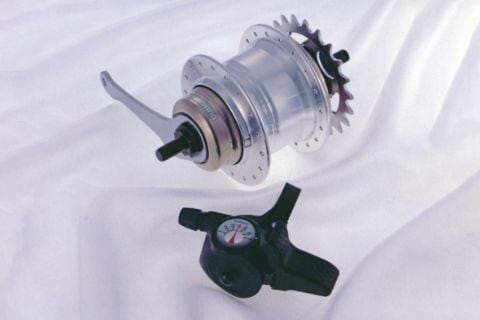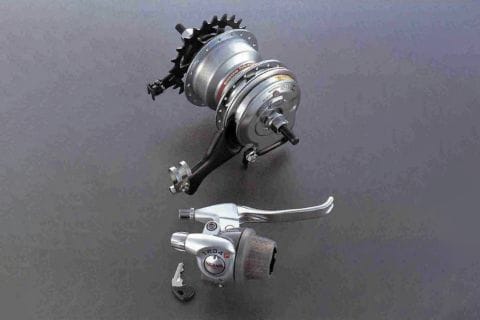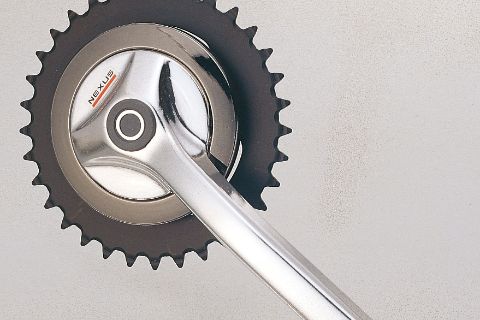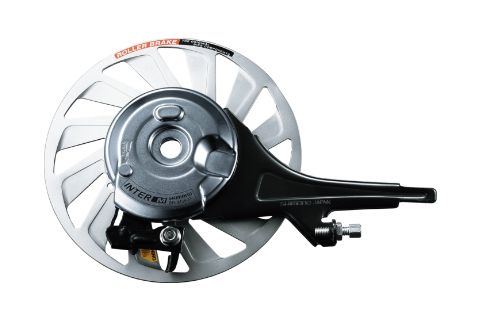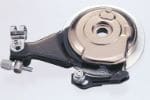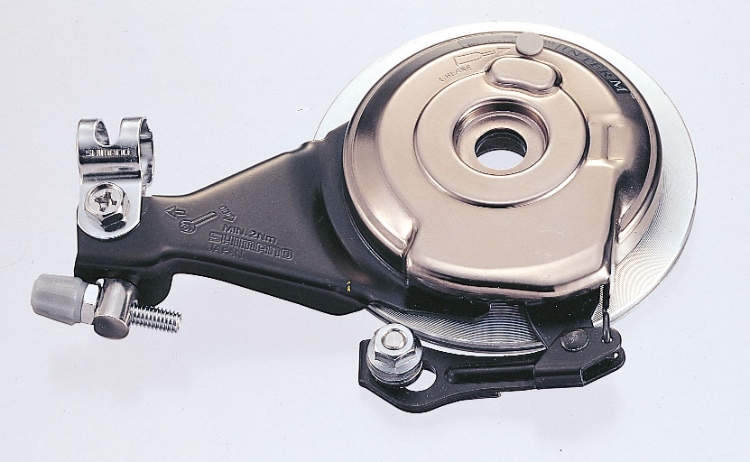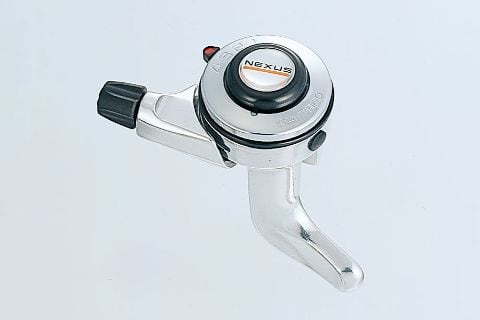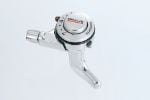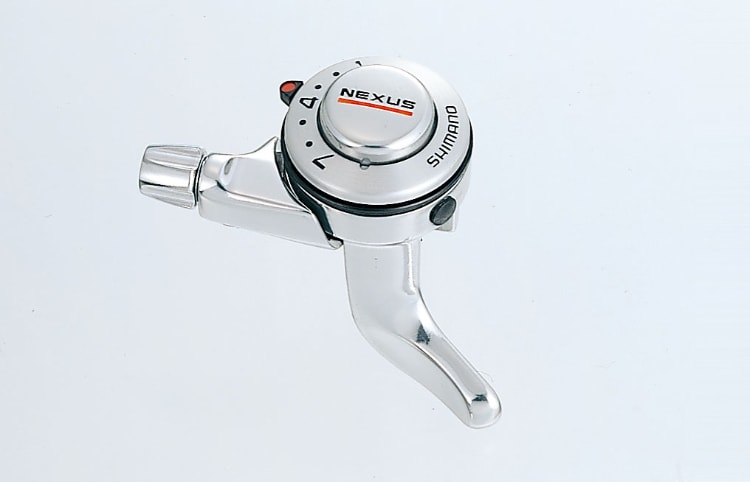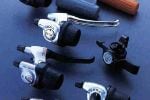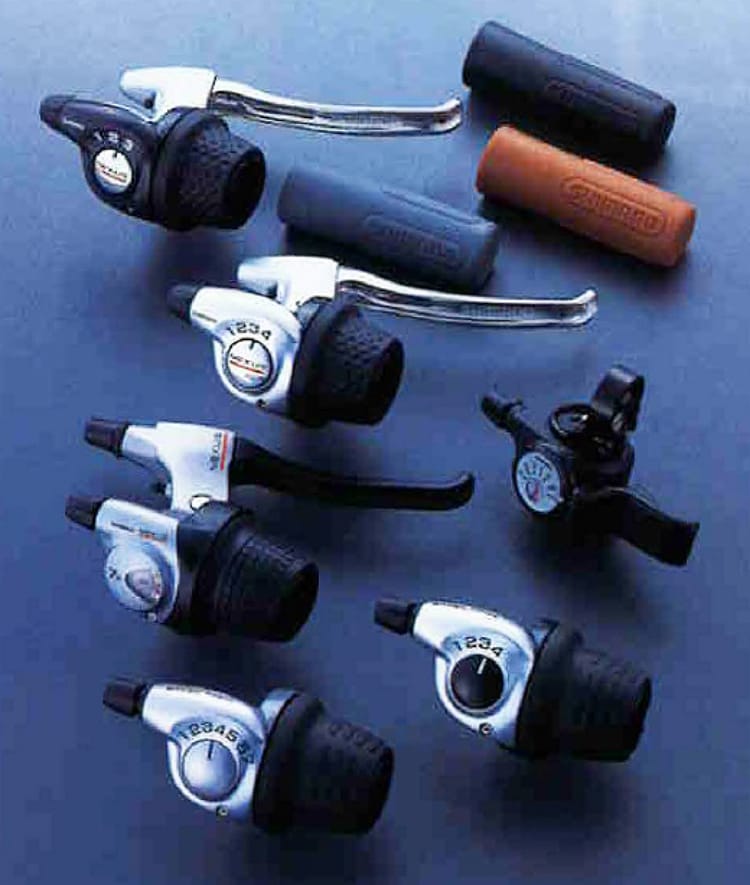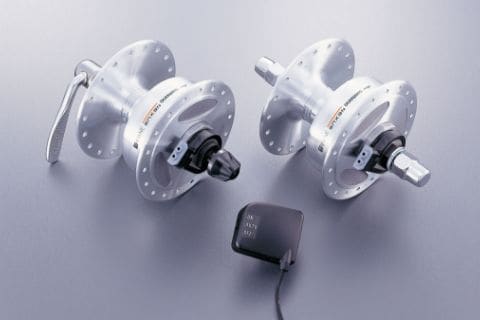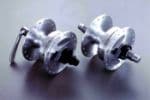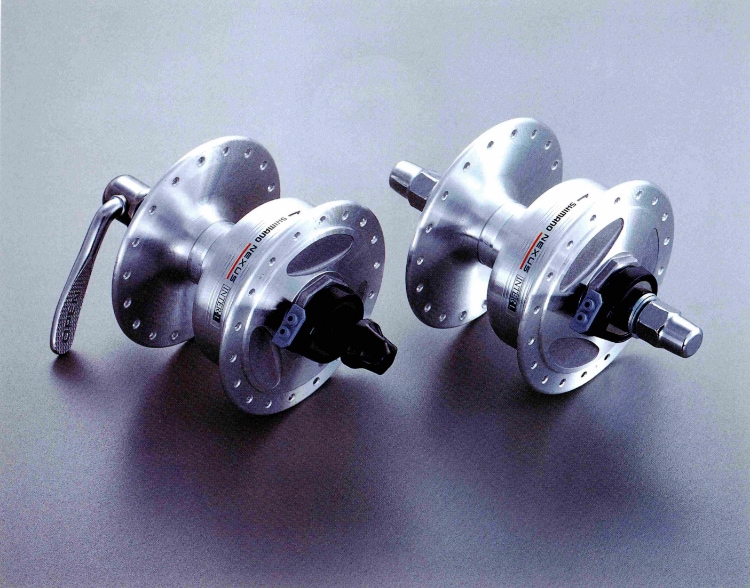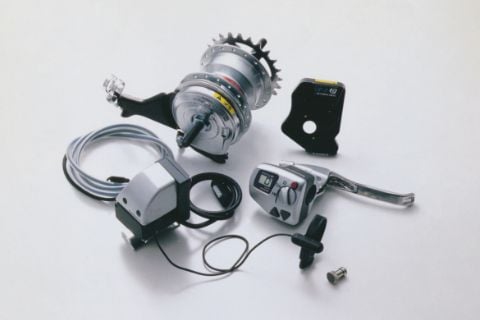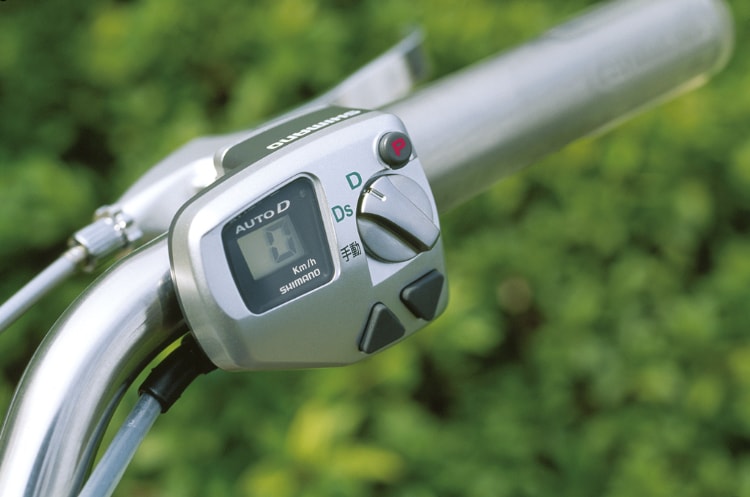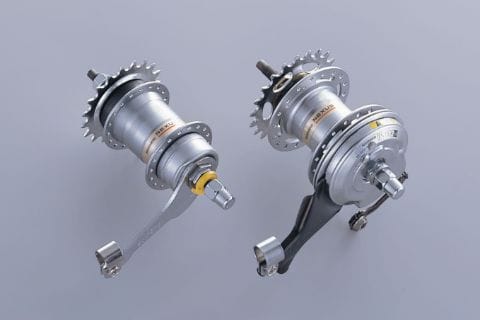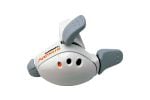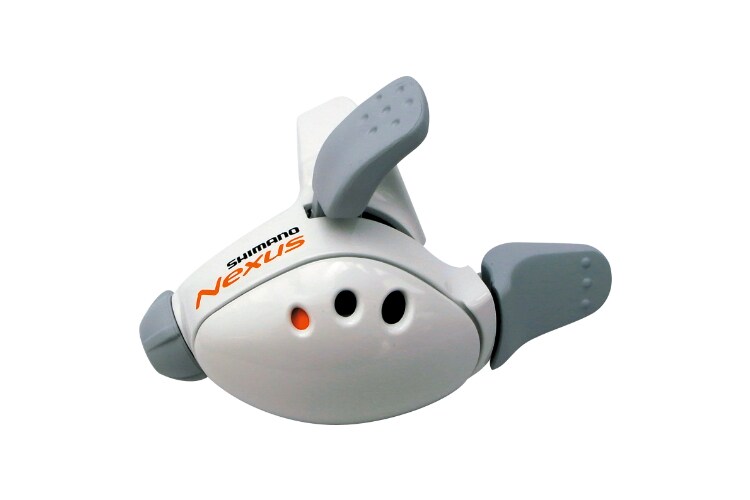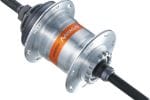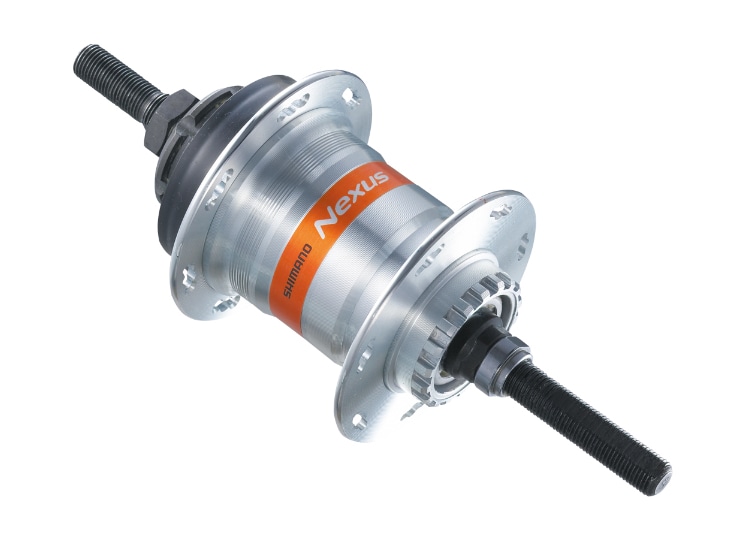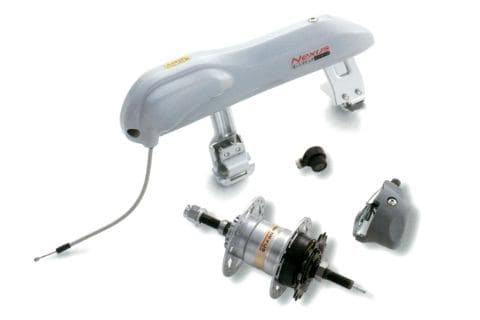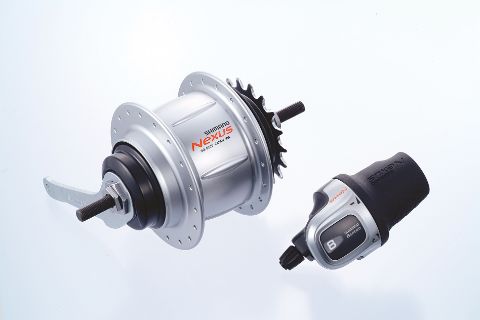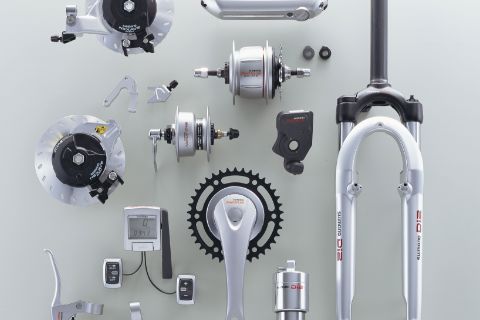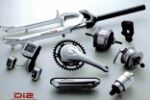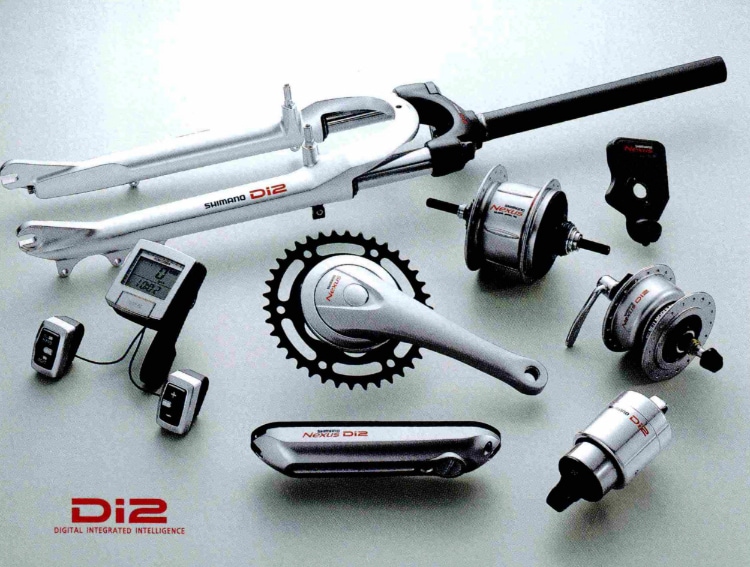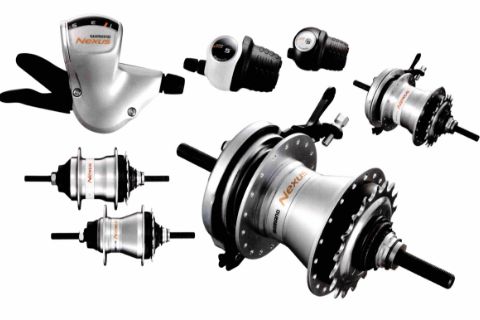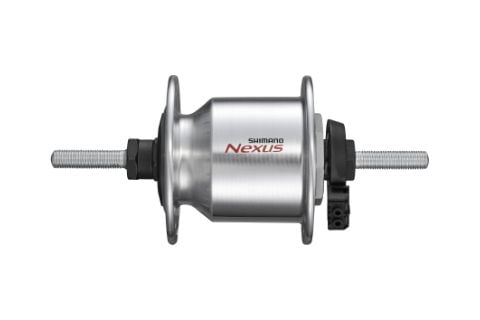STORY
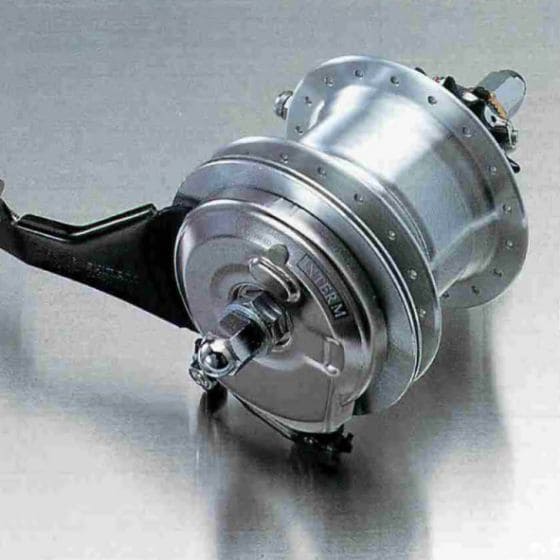

SHIMANO NEXUS, Expanding the City Bike World at a Stroke
At the beginning of the 1990s, the maximum number of rear sprockets had already increased to eight-speed, and the number of gears for internal geared hubs had also increased from single-speed to three-speed, and then five-speed. Aware of this trend, Shimano pursued a more usable, ideal internal geared hub. Shimano paid attention to the disadvantage of internal geared hubs in that riders were unable to shift gears while pedaling. This was the norm at that time. Shimano, however, set the goal of developing an internal geared hub that achieves the new norm in which riders can shift gears anytime while riding bicycles. It was an internal 7-speed geared hub INTER-7 that Shimano developed after solving the two challenges of increasing the number of gears and creating a new mechanism. INTER-7 was very well received as the new standard for internal geared hubs, and Shimano announced INTER-4, an internal 4-speed geared hub featuring a silent roller clutch in 1994. In the same year, adding some components, including crankset and hub roller brakes, Shimano announced a complete system components series dedicated to city bikes proposing a new lifestyle. The series was named SHIMANO NEXUS, expressing connection and association. Featuring performance providing comfort for making a little trip in the city or the countryside at any time and ease of maintenance, SHIMANO NEXUS, developed by reviewing not only the internal geared hub but also the other main components for city bikes, proposed an urban bicycle life in which people use bicycles efficiently as daily tools, helping enhance the recognition of Shimano and also broaden the base of cycling culture.
To use bicycles efficiently as daily tools both on weekdays and weekends, it is important to choose a bicycle that offers the comfort of a light ride as well as ease of use and the convenience of riding for a long time with less maintenance. What SHIMANO NEXUS pursues is to achieve both the comfort of a light ride and the convenience offered by high maintainability. Shimano succeeded in achieving active and light riding performance and eliminating the need for frequent maintenance by building all of the complicated mechanisms for shifting and braking into the hub.
To use bicycles efficiently as daily tools both on weekdays and weekends, it is important to choose a bicycle that offers the comfort of a light ride as well as ease of use and the convenience of riding for a long time with less maintenance. What SHIMANO NEXUS pursues is to achieve both the comfort of a light ride and the convenience offered by high maintainability. Shimano succeeded in achieving active and light riding performance and eliminating the need for frequent maintenance by building all of the complicated mechanisms for shifting and braking into the hub.

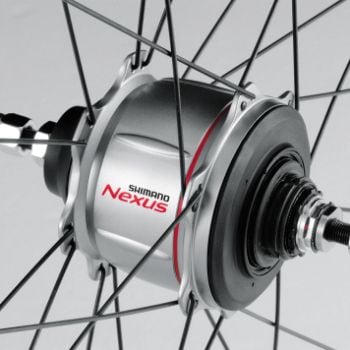
Challenge of Creating a New Cycling Culture
Under the concept of “Everything Inside,” the word “INTER” was used as the name representing the function of each of the main components of SHIMANO NEXUS. INTER-M was a hub roller brake that had all mechanisms built into the hub. “M” represented a multi-condition brake that was capable of always generating stable braking power either in dry or wet conditions. Another inclusion was REVOSHIFT INTER-S, which required riders to just twist the shifter while keeping their hands on the handlebars for shifting, with Optical Gear Display, which provided an at-a-glance view of the present gear position. Other components included INTER-L, which enabled the lamp to be turned on automatically by the hub dynamo (generator) when it was dark, and a crank arm INTER-C, which featured a low-profile design that minimized contact with the ankles during pedaling. All of them were products incorporating ideas distinctive of city bikes to allow anyone to enjoy cycling.
In 1997, Shimano announced AUTO-D, featuring an automatic shifting system that was capable of providing riders with an always comfortable gear ratio just by pushing on the pedals. It was equipped with the Odolock internal lock, which was newly developed for theft prevention.
After 1998, INTER-3 and INTER-8 were added. In 2003, Shimano announced SHIMANO CYBER NEXUS, the flagship components series equipped with DI2, which incorporated the advanced digital technologies into INTER-8.
SHIMANO NEXUS is continuing to grow as a bicycle components series that is loved by many users across the world.
In 1997, Shimano announced AUTO-D, featuring an automatic shifting system that was capable of providing riders with an always comfortable gear ratio just by pushing on the pedals. It was equipped with the Odolock internal lock, which was newly developed for theft prevention.
After 1998, INTER-3 and INTER-8 were added. In 2003, Shimano announced SHIMANO CYBER NEXUS, the flagship components series equipped with DI2, which incorporated the advanced digital technologies into INTER-8.
SHIMANO NEXUS is continuing to grow as a bicycle components series that is loved by many users across the world.



